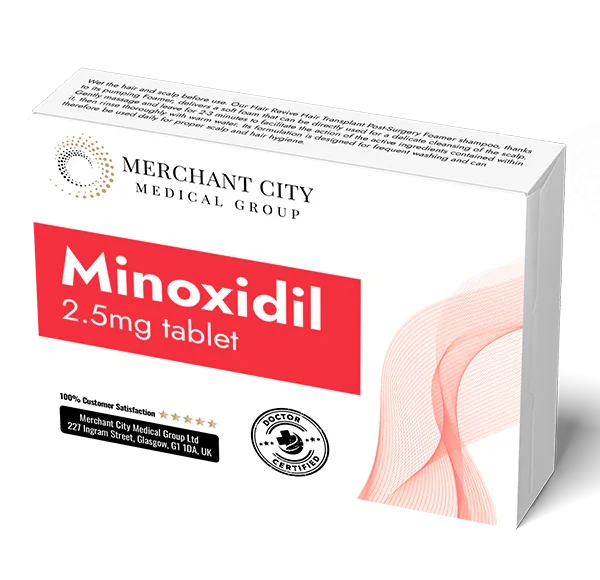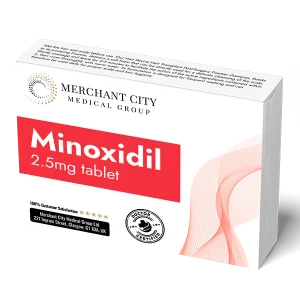
Should You Choose a Hair Transplant or Minoxidil?

minoxidil
You stared in the mirror, pondering the age-old question: ‘To transplant or to minoxidil?’ It’s a follicular dilemma many of us face. Hi there, fellow hair aficionados! Today, we’re diving into the hairy world of hair restoration, where the battle between two titans rages on hair transplants versus minoxidil.
Picture this: You, confidently running your fingers through a luscious mane, turning heads with every step.
But the question remains: How do we achieve this mane-taming mastery?
Strap in, my follicle friends, as we embark on a journey to uncover which route reigns supreme in the quest for luxurious locks. So, grab your combs, and let’s tease out the tangled truth behind these follicular foes!
First let’s understand the terms, hair transplant and minoxidil.
What is a Hair Transplant?
People frequently seek hair transplants because they are bothered by their hair loss and want a more young or natural look.
The operation is intended to increase their self-confidence and looks.
Hair transplants are primarily performed on persons with male- or female-pattern baldness (androgenetic alopecia).
The condition’s prevalence increases with age.
Male-pattern baldness normally begins at the hairline and gradually recedes backward in a “M” shape.
Female-pattern baldness causes hair to thin all over the scalp.
Male- and female-pattern baldness are not the only problems that may drive a person to seek a hair transplant.
Other reasons of hair loss, such as trauma or lupus, may also qualify you for a hair transplant.
Types of Hair Trasplant
There are two forms of hair transplants: follicular unit transplantation (FUT) and follicular unit extraction (FUE). There are several significant variations between them. FUT is the more popular of the two primary varieties since it is generally less expensive and involves less labour from the surgeon. FUT, sometimes known as “strip surgery,” involves removing atiny portion of skin from your scalp that contains hair follicles. This patch is then separated into smaller “units” and put into cuts at the desired hair location.
FUE, the other form of transplant, extracts follicles individually. Each follicle is removed using a specific tool and inserted one at a time into the designated location on your scalp. This is a labor-intensive process, as you might expect. The bright side, it does not typically result in the scarring that FUT is famous for.
Now let’s discuss minoxidil.
What is Minoxidil?
Scientists originally invented minoxidil as a treatment for high blood pressure, and doctors may still prescribe the medicine in its oral form for those with severe hypertension. In 1987, scientists discovered a topical minoxidil solution that can be used to treat both genders, male and female hair loss. The solution is offered in two concentrations: 2% and 5%. Topical minoxidil is marketed under the brands Rogaine and Theroxidil.
The Food and Drug Administration (FDA) has approved only minoxidil and finasteride (Proscar and Propecia), another hair loss prevention medication, as treatments for male hair loss. Now that you know the definition of both terms, which one between a hair transplant and minoxidil should you go for incase you are experiencing hair loss?
Which One Can one Choose: A Hair Transplant or Minoxidil?
So far, the decision between opting for a hair transplant or relying on minoxidil (Rogaine) can seem like navigating a labyrinth. Let’s dissect the nuances of each approach to help you steer through this hairy dilemma.
Hair Transplant: The Surgical Solution
The following are the reasons why you would go for the hair transplant as your alopecia areata solution.
-
- Permanent Results: Transplanting healthy follicles from donor areas offers a lasting remedy to hair loss.
- Natural Look: Modern techniques ensure a seamless integration of transplanted hair, yielding natural-looking results.
- One-time Procedure: Typically, a single surgical session suffices, eliminating the need for ongoing treatments.
- Recovery Time: While recovery varies, most individuals can resume daily activities within a few days to a week.
- Cost Consideration: While effective, the expense can be significant, influenced by factors like extent of baldness and location.
Minoxidil: The Topical Treatment
On the other hand, you may consider Minoxidil for these reasons.
-
- Non-Invasive: Applied directly to the scalp, minoxidil is a non-invasive option for stimulating hair growth.
- Gradual Results: Visible improvements in hair density require consistent application over several months.
- Minimal Side Effects: While possible, side effects like scalp irritation are generally mild and temporary.
- Cost-Effective: Minoxidil is relatively affordable compared to surgical options, with various formulations available.
Making the Choice: Factors to Consider
When determining whether to have a hair transplant or minoxidil, several factors warrant careful consideration.
Let’s explore these pivotal elements to help you navigate towards the most suitable option for your hair restoration journey.
-
- Severity of Hair Loss: The amount of hair loss influences the suitability of each treatment.
- Budgetary Constraints: Consider upfront and long-term costs associated with each option.
- Personal Preference: Individual lifestyle and convenience preferences play a significant role.
In conclusion, whether opting for the surgical precision of a hair transplant or the topical application of minoxidil, the key is to make an informed decision aligned with your goals, budget, and lifestyle. Consulting with a healthcare professional ensures personalized guidance, guiding you towards your journey to hair restoration with clarity and confidence.
The Merchant Medical City Group has proudly established their expertise in hair transplant and medical easthetics across UK Working with industry-leading Harley Street clinics, our extensive team of skilled surgeons and practitioners garnered invaluable expertise.
Contact us today and start your journey of hair restoration just tailored to your desires.

